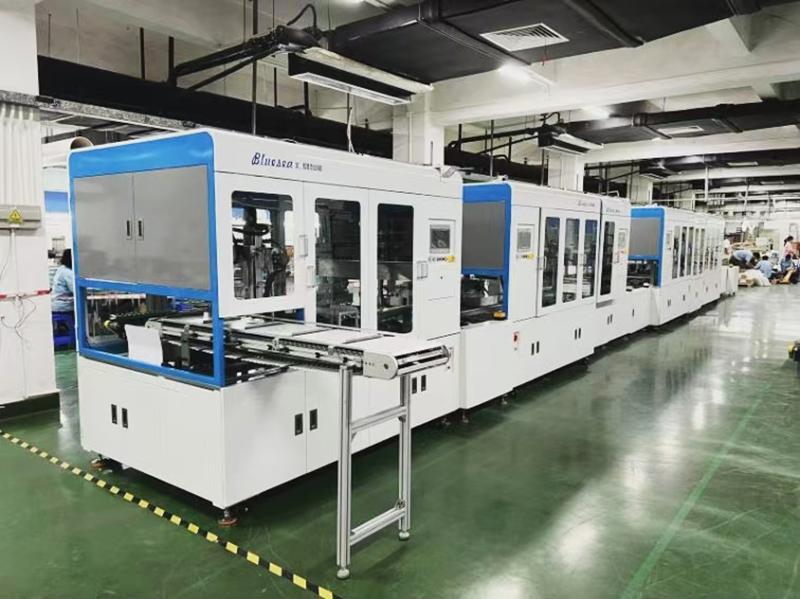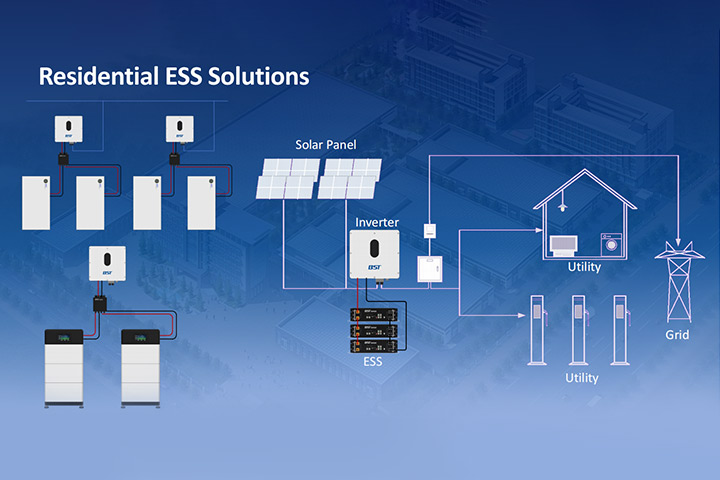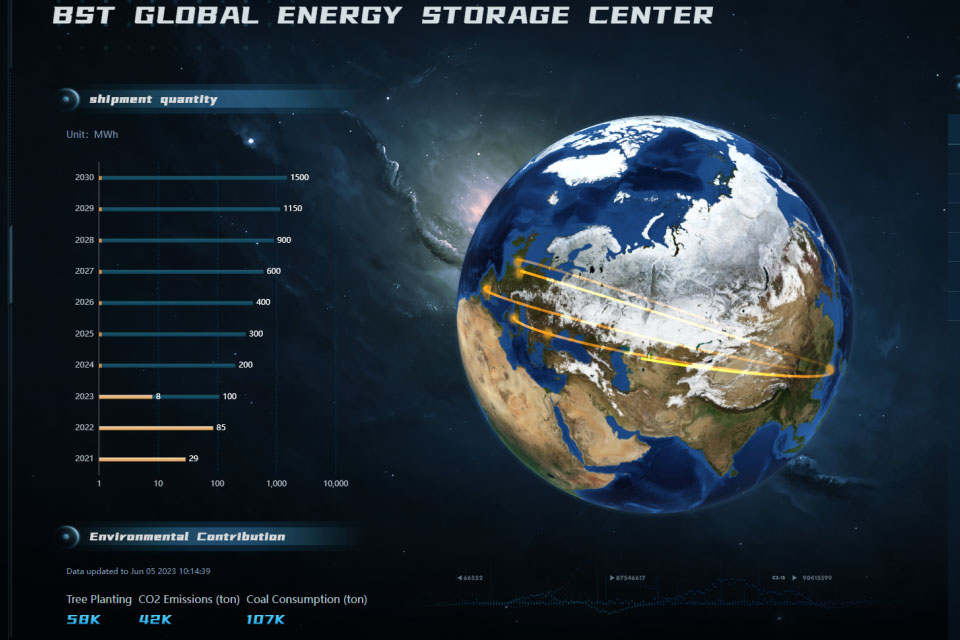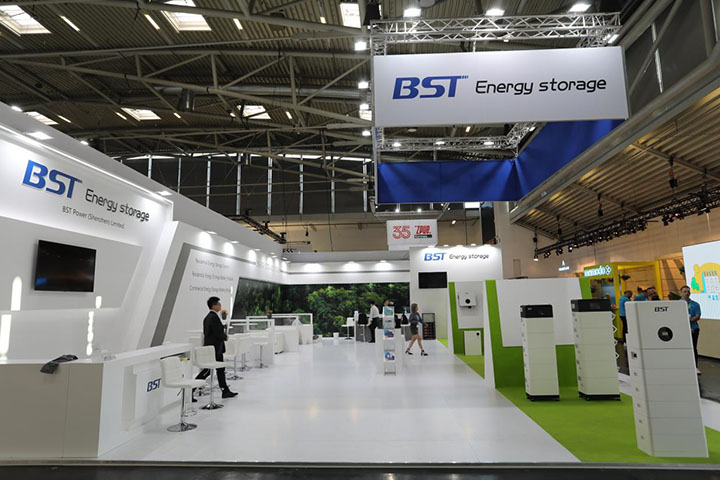In recent years, the home energy storage battery market has grown rapidly, driven by the increasing adoption of renewable energy, advancements in battery technology, and supportive government policies. With the global push toward carbon neutrality and energy independence, more households are investing in energy storage systems to reduce electricity costs, ensure energy security, and support sustainable energy solutions.

Over the next five years, this market will undergo significant changes in three key areas: technological advancements, policy incentives, and pricing trends. This article will explore these aspects in detail, providing valuable insights for consumers considering an investment in home energy storage batteries.
Technological Advancements
1. Battery Technology Upgrades
One of the most important trends in the home energy storage market is the continuous improvement of battery technology. Over the next five years, innovations in energy density, cycle life, and safety will enhance the performance and reliability of home storage systems.
- Solid-State and Semi-Solid Batteries: Researchers are working on solid-state batteries, which offer higher energy density, longer lifespan, and improved safety compared to current lithium-ion batteries. While still in development, solid-state batteries may become commercially viable within the next five years.
- Longer Cycle Life: Enhancements in materials and manufacturing processes are extending the lifespan of lithium-based batteries, reducing replacement costs, and improving return on investment. Some manufacturers are now offering batteries with 10,000+ charge cycles, making them more durable than ever before.
- High-Discharge Performance: New battery chemistries are enabling higher discharge rates, allowing households to power more appliances simultaneously during peak demand or outages.
2. Smart Energy Management

Home energy storage is no longer just about storing excess solar energy. The integration of AI-driven energy management systems will optimize battery performance and energy efficiency.
- AI and Machine Learning Optimization: AI-powered systems will analyze household energy usage patterns and automatically adjust charge/discharge cycles to maximize efficiency.
- Integration with Smart Homes: Energy storage batteries will seamlessly integrate with smart home systems, allowing users to control energy consumption via smartphone apps and voice assistants.
- Demand Response and Grid Interaction: Advanced battery systems will interact with the grid, storing excess energy when electricity prices are low and selling it back when prices rise, helping homeowners save on energy costs.
3. Faster Charging and Improved Safety
Battery manufacturers are developing solutions that improve both charging speed and safety, addressing consumer concerns about long charging times and fire risks.
- Fast-Charging Technology: Next-generation batteries will support rapid charging, significantly reducing the time required to fully charge a system.
- Enhanced Thermal Management: New battery management systems (BMS) will feature real-time temperature monitoring and advanced cooling techniques to prevent overheating.
- Safety Enhancements: Innovations such as fire-resistant battery casings, overcharge protection, and AI-based fault detection will make home energy storage systems safer than ever.
Policies and Market Environment
1. Global Carbon Neutrality Goals
Governments worldwide are setting ambitious carbon neutrality targets, driving investments in renewable energy and energy storage solutions. Key developments include:
- The European Union’s Green Deal aims for carbon neutrality by 2050, with generous incentives for solar and battery storage.
- The United States’ Inflation Reduction Act (IRA) provides tax credits for home energy storage systems, increasing affordability.
- Asia-Pacific countries like Japan, South Korea, and Australia are expanding incentives for residential battery storage to enhance energy security and grid stability.
2. Incentives and Subsidies for Home Storage
To accelerate adoption, many governments are offering subsidies, tax credits, and low-interest financing for home energy storage systems.
- Germany’s KfW Battery Storage Program provides financial support for homeowners installing solar battery systems.
- California’s SGIP (Self-Generation Incentive Program) offers rebates to reduce battery costs for homeowners.
- In the UK, battery storage can qualify for VAT reductions when installed alongside solar panels.
These incentives are expected to continue for at least the next five years, making energy storage systems more attractive to consumers.
3. Impact of Electricity Price Fluctuations
Rising and unpredictable electricity prices are increasing demand for home energy storage. Key factors include:
- Time-of-Use (TOU) Pricing: Many regions are implementing TOU tariffs, where electricity costs more during peak hours. Batteries allow homeowners to store cheap energy and use it when rates are high.
- Power Grid Instability: In some areas, frequent blackouts and power shortages are making home energy storage a necessity rather than a luxury.
- Energy Independence: Consumers are seeking to reduce reliance on utilities by generating and storing their own electricity, particularly in regions with rising energy costs.
Price Trends and Market Forecast

1. Declining Raw Material Costs
The prices of key battery materials, such as lithium, cobalt, and nickel, have fluctuated in recent years. However, increased mining, recycling, and material innovations are expected to lower costs.
- Phosphate-Based Batteries (LFP): LiFePO₄ (LFP) batteries, which do not rely on cobalt or nickel, are becoming more affordable and widely used in home storage.
- Recycling and Second-Life Batteries: Advances in battery recycling will reduce reliance on virgin materials and lower production costs.
2. Cost Reductions from Mass Production
As demand increases, economies of scale will drive down battery manufacturing costs. Analysts predict:
- A 20-30% price reduction for lithium-based home storage systems over the next five years.
- Increased production efficiency will lead to lower prices and improved battery performance.
3. Competitive Market Driving Down Prices
More companies are entering the market, intensifying competition and forcing manufacturers to offer high-quality products at lower prices. Consumers will benefit from:
- More affordable home battery options
- Higher capacity at the same price point
- Better warranties and after-sales support
Consumer Guide to Choosing the Right Home Battery
For those considering purchasing a home energy storage battery, the following factors should be carefully evaluated:
- Battery Type: Choose between LiFePO₄ (safer, longer lifespan) and NMC (higher energy density).
- Cycle Life and Warranty: Look for batteries with at least 6,000 cycles and strong warranties.
- Compatibility with Solar Systems: Ensure the battery works with your existing solar setup.
- Smart Features: Consider AI-powered systems for optimized energy management.
- Government Incentives: Check for local subsidies and tax credits to reduce costs.
Conclusion
The home energy storage market is set for tremendous growth over the next five years, driven by technological advancements, supportive policies, and falling prices. Key developments include:
- Breakthroughs in battery technology, such as solid-state batteries, AI-driven management, and ultra-fast charging.
- Favorable government incentives, help to reduce costs and accelerate adoption.
- More competitive pricing, making home batteries accessible to a larger audience.
As energy prices fluctuate and the push for sustainability continues, home energy storage will become an essential investment for homeowners worldwide. By choosing high-performance, cost-effective, and smart battery systems, consumers can take full advantage of the energy revolution and secure their energy future.



